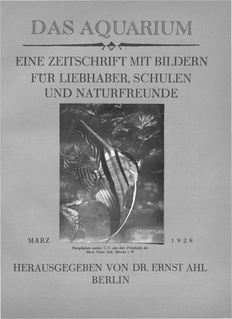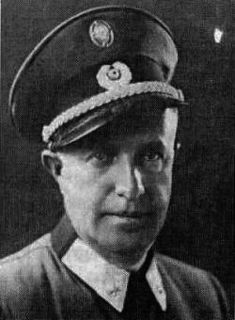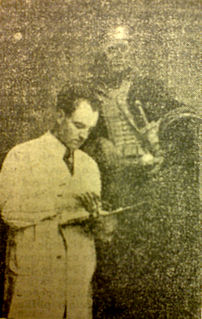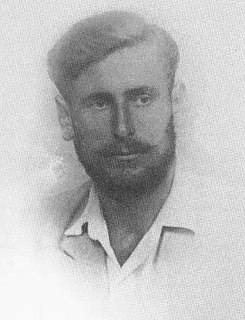 W
WMilan Aćimović was a Serbian politician and collaborationist with the Axis in Yugoslavia during World War II.
 W
WChristoph Gustav Ernst Ahl was a German zoologist, born in Berlin.
 W
WNiko Bartulović was an Austro-Hungarian and later Yugoslav writer, publisher, journalist and translator known for being one of the founders and ideologists of the Organization of Yugoslav Nationalists in 1921. He joined the Chetniks during World War II.
 W
WBranko "Brane" Bogunović was one of the commanders of Serb rebels during the Drvar uprising who later became military officer of the Yugoslav Army in the Fatherland.
 W
WPetar Bojović was a Serbian military commander who fought in the Serbo-Turkish War, the Serbo-Bulgarian War, the First Balkan War, the Second Balkan War, World War I and World War II. Following the breakthrough on the Thessaloniki Front he was promoted to fourth Field Marshal.
 W
WPrek Cali was an Albanian bajraktar ("standard-bearer") of Vermosh, part of the Kelmendi tribe of northern Albania. He was a veteran of the Albanian rebellions and the Balkan Wars. He was killed in 1945 by the Partisans.
 W
WKrsta Cicvarić was a Serbian political activist and journalist. During the first decade of the 20th century, he espoused anarcho-syndicalist ideas. However, later in his life, Cicvarić was the editor of several openly antisemitic tabloid journals, and a Nazi collaborator.
 W
WAhmet Daca, known also as Ahmet Aga was a Yugoslav Albanian political figure of Sandžak region during World War II.
 W
WJovan Deroko was a Serbian military commander holding the rank of captain during World War II.
 W
WBlažo Đukanović was a Montenegrin Serb Chetnik brigadier general and political leader in the Italian governorate of Montenegro.
 W
WMetropolitan Germogen, secular name Georgy Ivanovich Maximov, was bishop of Aksay, Vicar of the Don Diocese, 23rd Bishop of Yekaterinoslav and Novomoskovsk, Governor of the Russian Orthodox municipalities on Crete and North Africa with a seat in Athens (1922), Archbishop of Yekaterinoslav and Novomoskovsk (1922–1942), member of the Synod of Bishops of the Russian Orthodox Church Abroad (1924–1942), the head of the Croatian Orthodox Church (1942–1945).
 W
WAćif Hadžiahmetović, known as Aćif Bljuta, was an Albanian politician in the Sanjak of Novi Pazar region of the Kingdom of Yugoslavia in the interwar period and during World War II. In the interwar period he was mayor of Novi Pazar and a deputy of Džemijet following the 1923 elections. After the Axis invasion of Yugoslavia in April 1941, he was appointed mayor of Novi Pazar under the German military government of the Territory of the Military Commander in Serbia and in 1943–44 was a deputy of Mitrovica in the Albanian parliament. He was also a member of the central committee of the Second League of Prizren. Towards the end of the war, he was executed by the Yugoslav Partisans for his collaboration with the Axis for massive war crimes against Serbs and killings of Albanians who were against his rule.
 W
WMuhamed Hadžiefendić was a Bosnian Muslim officer in the Home Guard of the Independent State of Croatia during World War II, commanding the Hadžiefendić Legion.
 W
WXhemail Hasani, known as Xhem Hasa and Xhem Gostivari, was an Albanian nationalist and Axis collaborator, in charge of the Balli Kombëtar's activities in the western regions of Yugoslav Macedonia, a part of Yugoslavia occupied by Fascist Italy and Nazi Germany during World War II.
 W
WJosip Horvat was a Croatian painter.
 W
WMetropolitan Joanikije Lipovac was the Metropolitan of the Diocese of Montenegro and the Littoral. He was executed by the Communist-led Yugoslav Partisans for his collaboration with occupying Axis powers during World War II. He was posthumously canonized by the Serbian Orthodox Church.
 W
WJovan Mijušković was a Serbian doctor and Minister of Social Policy and People's Health in the Nazi-controlled Government of National Salvation.
 W
WMihailo Milovanović was a Serbian painter, sculptor and writer. He was one of the founders of the Association of Painters of Serbia. During the First World War, he was a war painter of the Serbian Army's Supreme Command and, as such, he painted portraits of Voivodes Radomir Putnik, Živojin Mišić, Stepa Stepanović and Petar Bojović, as well as General Pavle Jurišić Šturm, King Peter I of Serbia and Regent Alexander Karađorđević.
 W
WLeo Petrović was a Bosnia and Herzegovina Franciscan and historian.
 W
WJovan Simonov Plamenac was a Montenegrin and Yugoslav politician.
 W
WShaban Mustafë Kastrati, known as Shaban Polluzha, was a Kosovo Albanian military leader active in Drenica during World War II. He was a collaborationist, serving in the Royal Albanian gendarmerie and as a commander of the Vulnetari militia. He was briefly a member of the Balli Kombëtar. He was killed by the Yugoslav Partisans.
 W
WBranko Popović was a Serbian painter, art critic, professor and dean of the Engineering Faculty at the University of Belgrade. He was also an accomplished architect.
 W
WDragoslav Račić was a Serbian Chetnik military commander holding the rank of colonel and voivode during World War II.
 W
WPuniša Račić was a Montenegrin Serb leader and People's Radical Party (NRS) politician. He assassinated Croatian Peasant Party (HSS) representatives Pavle Radić and Đuro Basariček and mortally wounded HSS leader Stjepan Radić in a shooting which took place on the floor of the Yugoslav parliament on 20 June 1928. He was tried and handed a sixty-year sentence, which was immediately reduced to twenty years. He served most of his sentence under house arrest and was killed by the Yugoslav Partisans in October 1944.
 W
WNovica Radović was a Montenegrin politician.
 W
WDanilo "Dane" Stanisavljević was a Croatian Serb revolutionary who was one of the leaders of the uprising of Serbs in Lika against the Independent State of Croatia and later a military officer of the Chetnik units with the rank of voivode.